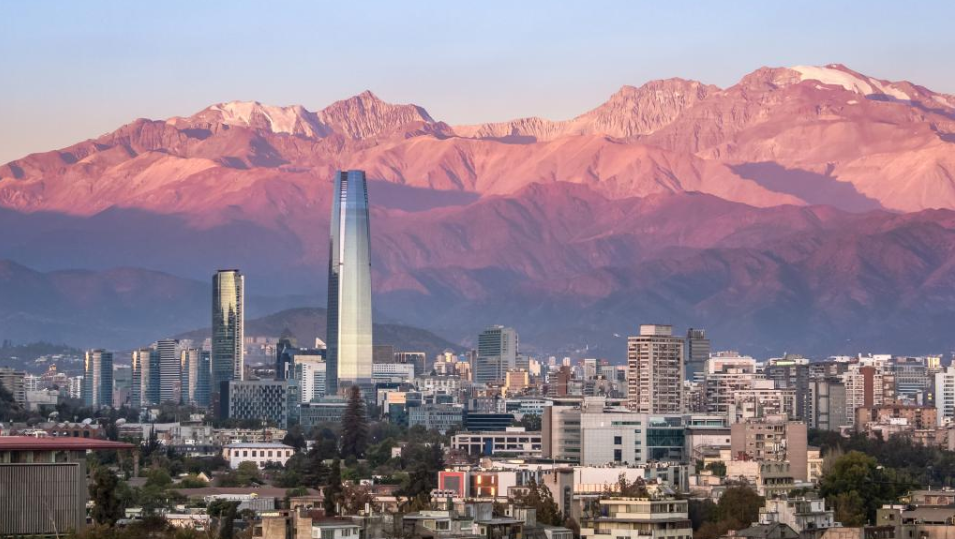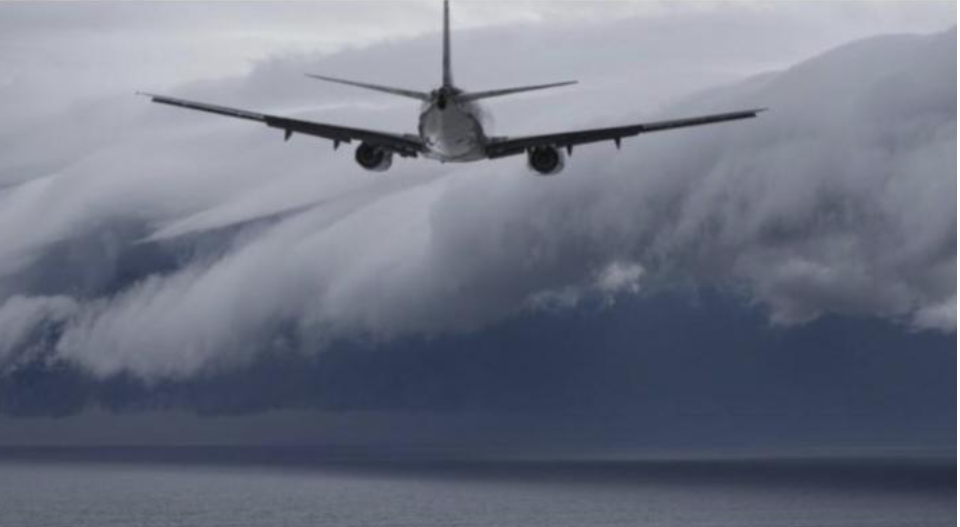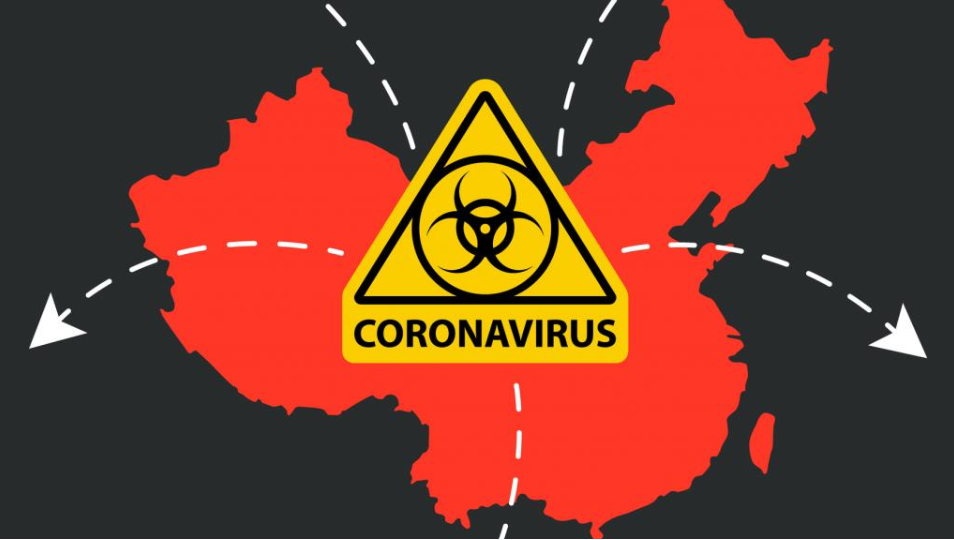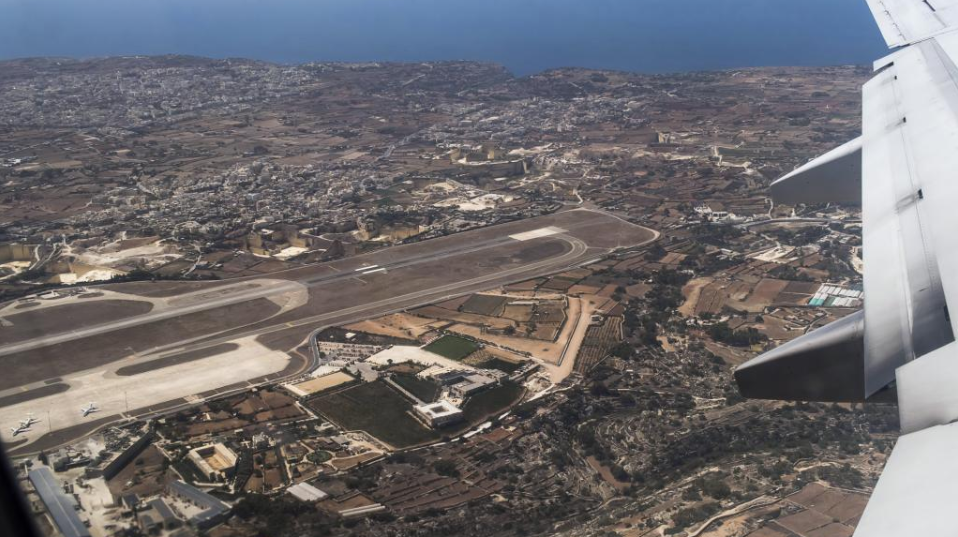Brexit and aviation: no change yet. Then "bare bones"?
The UK will leave the EU at 11pm UK time/midnight Brussels time on 31-Jan-2020, ending 47 years of membership. However, the formal symbolism aside, it will change nothing for now. The hard bits begin now. This is when the UK discovers if the grass really is greener on the other side.
Both the UK and EU Parliaments have finally ratified the renegotiated withdrawal agreement reached in Oct-2019. Consequently, the UK remains in the EU's single market and customs union and bound by its rules until 31-Dec-2020, while ceasing to be a member state. This transition period is supposed to give time to negotiate new trading arrangements covering all sectors of the economy.
Focusing on aviation, the UK will remain in the European Common Aviation Area for the rest of 2020, allowing mutual access to airlines of both sides to routes between (and within) the UK and the rest of the European single aviation market. It also keeps the UK in the European Union Aviation Safety Agency, ensuring no interruption to existing safety regulations.
The transition period avoids the immediate prospect of a 'hard' Brexit, but may only delay that until 2021 if new agreements are not reached.
For aviation, flights could potentially be grounded. More likely, however, is a 'bare bones' deal on traffic rights and safety regulation.
TO READ ON, VISIT: Brexit and aviation: no change yet. Then "bare bones"?

Why Wuhan's aviation impact will be vastly larger than SARS
The year of the Rat has not begun auspiciously for Chinese travel. Whatever happens from now on, the Wuhan-originating corona-virus will have a vastly greater impact on the region's aviation and tourism than SARS did in 2003. That is simply because in 2003 China's role in international aviation and tourism was a pale shadow of its enormous presence today.
In the intervening 17 years China has become the powerhouse of the region. Today, its tourists constitute the largest proportion of international visitors for most countries in Asia Pacific; they are also in many cases the biggest per capita spenders. And air services to and from China have in the meantime grown many times over.
One poignant example, although it seems hard to imagine, in 2003 there were no LCCs operating internationally in Asia. Today they play a major role in China services, both point to point and in connecting to third countries. Also, the number of Chinese airlines flying internationally has multiplied five times over, together making for a much more competitive marketplace.
Already, as the China lockdown continues and airlines cut back on services, both inbound and outbound tourism has staggered almost to a stop. The impact is already massive. What remains unknown is how long and how widespread the virus' spread will continue.
The good news is that all the evidence from SARS was that the industries bounced back very quickly over the following year, once the pandemic was contained. Although, given the lingering questions that remain over a wobbly Chinese economy, other factors might intervene this time around, particularly if the coronavirus becomes extensive in China.
TO READ ON, VISIT: Why Wuhan's aviation impact will be vastly larger than SARS

Europe to Panama aviation: Norwegian mulls new direct UK route
On 27-Jan-2020 a mission of the government of Panama, led by Vice Minister of Foreign Trade Juan Carlos Sosa, met executives of Norwegian Air to discuss the possibility of direct flights between the UK and Panama. The discussion focused on a route between Norwegian's London base at Gatwick and Panama City Tocumen International Airport. According to a government press release, the meeting was "very productive".
Panama is the second largest Central American market by airline seats to/from Europe (after Mexico). It is served from Europe by KLM, Iberia, Air France, Air Europa, Lufthansa and Turkish Airlines. However, there are no direct flights to/from the UK and it seems that IAG is happy with its passengers connecting via Madrid.
Norwegian, the biggest long haul low cost operator in Europe, has a hub at London Gatwick, from where it serves 13 North American destinations and two in Latin America (Buenos Aires and Rio de Janeiro).
Norwegian is currently restructuring its network, but expansion could resume by 2021. UK-Panama would seem to offer the characteristics that might appeal to Norwegian: it is underserved (with almost no LCCs) and offers growth potential.
TO READ ON, VISIT: Europe to Panama aviation: Norwegian mulls new direct UK route

US major airlines reaping the benefits of Latin American turnaround
Latin America was the standout for most of the US major airlines in 2019 and the final quarter of the year was no different - the region, led by Brazil and Mexico, was the best performing entity for American, Delta and United.
Some of the outperformance was driven by capacity cuts to Brazil after the country endured economic weakness in 2018. There was also some rationalisation in the US-Mexico transborder market in 2019, which helped to drive an improved performance for US airlines on those routes.
The momentum for those airlines in Latin America should continue into early 2020 as the positive trends, for now, show no signs of abating.
However, the dynamics in 2020 are changing, as American and LATAM Airlines Group sever ties and LATAM launches the first phase of its relationship with Delta. And American seems to be publicly declaring that it is searching for a new partner in Latin America.
TO READ ON, VISIT: US major airlines reaping the benefits of Latin American turnaround

United Airlines sees positive signs in still-tenuous Asia markets
US airlines have faced years-long challenges in their trans Pacific markets, ranging from overcapacity to political unrest, and the beginning of 2020 is no different.
United Airlines has not been shielded from those challenges; however, at the start of 2020 the airline has a reasonably positive view, since some markets, particularly China, are beginning to trend in the right direction.
But the phase one trade deal between China and the US, and the outbreak of the coronavirus in China, are obviously wildcards in future demand patterns between the US and Asia, and it is too early to determine what, if any, effects those factors will have on demand. The intensifying concern about the coronavirus has led United to cut some of its flights in China temporarily in early Feb-2020 as demand has dropped.
TO READ ON, VISIT: United Airlines sees positive signs in still-tenuous Asia markets

US airlines brace for fallout from intensifying coronavirus
The trans Pacific, particularly China, has been problematic for US airlines for quite some time as overcapacity and low yields in the market has hampered their ability to gain traction in yields.
Just before the coronavirus outbreak intensified, American, Delta and United were citing some improving trends in the trans Pacific and China. But now those tenuous gains are likely to be wiped out as demand weakens and the US State Department warns citizens not to travel to China.
In recent days the US' large global network airlines - along with many other nations' airlines - have pulled down flights to China, and their hopes of starting to sustain some momentum in the market are essentially all but dashed.
TO READ ON, VISIT: US airlines brace for fallout from intensifying coronavirus

Malta's airport: doubling in area as Malta Air prepares to take off
There's a lot going on in Malta right now. Tourism and passenger traffic are both up at the island's only airport, Malta International Airport (MIA), and visitors are increasingly coming from new markets. A new, local airline will take over from Ryanair in the summer, filling the low cost requirement and possibly freeing Air Malta to refocus on other roles.
The nature of 'tourism' to Malta is changing too - shifting rapidly away from the archetypal retired British winter resident playing bridge while tea and cucumber sandwiches are served, against the backdrop of a string quartet. Malta embraces both leisure and business tourism.
To cater to this demand there are big infrastructure changes planned for the airport.
TO READ ON, VISIT: Malta's airport: doubling in area as Malta Air prepares to take off

Southwest Airlines: Hawaii services continue to beat expectations
Although most of Southwest Airlines' focus in 2020 will remain on reinstating service of its Boeing 737 MAX fleet, its routes launched to Hawaii will continue to mature, and it will be interesting to see how the added capacity will continue to affect older incumbents in the market.
The airline made a push into Hawaii in late 2019 that is continuing into 2020, upping competition with Hawaiian Airlines and Alaska Air Group in many of its markets and creating yield pressure for its rivals.
By the airline's own account, Hawaii is performing up to, or exceeding, Southwest's expectations. The airline has highlighted some interesting observations about connections from the US west coast, and customer satisfaction with Southwest's onboard product, given the length of its flights to Hawaii.
TO READ ON, VISIT: Southwest Airlines: Hawaii services continue to beat expectations
